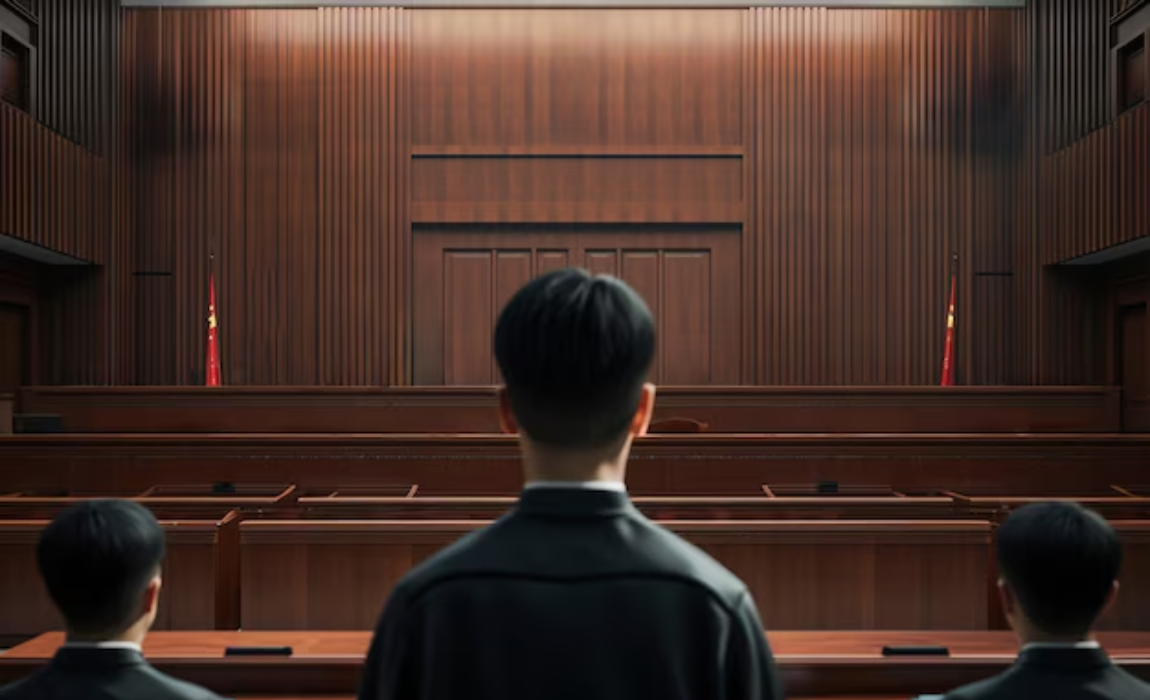
Judging the Judges: Accountability, Transparency, and the Collegium debate
In every democracy, the judiciary is entrusted with the solemn task of safeguarding constitutional values against the excesses of majoritarian politics and executive overreach. Yet, when the guardians themselves are shielded from accountability, uncomfortable questions arise. Who judges the judges? How transparent should judicial appointments be? And can independence coexist with accountability? These questions are at the heart of the long-running debate on the collegium system of judicial appointments in India.
The rise of the collegium
The collegium system was not a product of explicit constitutional design but of judicial interpretation. In the Second Judges’ Case (1993) and later reaffirmed in the
Third Judges’ Case (1998), the Supreme Court read the independence of the judiciary to mean that the appointment of judges should primarily rest in the hands of the judiciary itself, not the executive. The result was the collegium—comprising the Chief Justice of India and senior judges of the Supreme Court—tasked with recommending appointments and transfers.
The underlying intent was noble: to insulate judicial appointments from political pressures. But over time, the collegium has been criticized as opaque, elitist, and unaccountable. Recommendations are often made without written reasons, dissent is rarely recorded, and aspirants have little clarity on the criteria for selection. For a system meant to protect independence, it paradoxically risks undermining public trust.
The accountability dilemma
Judicial independence is essential, but independence cannot mean insulation from scrutiny. A judiciary that demands transparency from the executive must itself be transparent in its functioning. The lack of accountability in appointments has given rise to perceptions of favoritism, lack of diversity, and concentration of power in the hands of a few. Gender and caste representation remain glaringly inadequate, despite decades of constitutional commitment to equality.
Accountability, however, cannot mean executive dominance. The experience with the National Judicial Appointments Commission (NJAC), struck down by the Supreme Court in Supreme Court Advocates-on-Record Association v. Union of India (2015), is telling. While the NJAC sought to create a more participatory mechanism by including members of the executive and civil society, the Court found it compromised judicial independence. The verdict reaffirmed the collegium but did not address the systemic flaws within it.
Transparency as a democratic value
Transparency in judicial appointments is not merely about procedural fairness—it is about democratic legitimacy. In recent years, the Supreme Court has begun publishing collegium resolutions online, sometimes even recording dissent. This is a welcome step, but transparency remains partial. Criteria for evaluation of merit, representation of marginalized groups, and objective reasoning behind selections are still absent.
Comparative democracies offer instructive models. In the United Kingdom, the Judicial Appointments Commission functions independently, with a mix of judges, lawyers, and lay members, ensuring both transparency and diversity. South Africa adopts a parliamentary-style vetting process, though critics warn of political overreach. India must find its own balance, preserving independence while embracing accountability.
Beyond appointments: judicial accountability in action
Accountability does not end with appointments. Judges are rarely impeached, and mechanisms for addressing misconduct are cumbersome and ineffective. Internal “in-house” procedures lack credibility in the eyes of the public. A credible system of judicial accountability requires transparent disciplinary processes, financial disclosures, and a culture of reasoned judgments accessible to the public. The judiciary’s moral authority depends not only on independence but also on the perception that it is above bias, favoritism, and opacity.
Conclusion
The collegium debate is not just about who appoints judges; it is about what kind of judiciary India wants. A judiciary that is independent but opaque risks alienating citizens. A judiciary that is transparent but vulnerable to political capture risks losing its autonomy. The path forward lies in striking a constitutional balance: preserving judicial independence while ensuring accountability through greater transparency, clear criteria for appointments, and diverse representation.
Judges cannot be judged by political masters, but neither can they be beyond the gaze of the people they serve. In the end, accountability and independence are not contradictions—they are complementary pillars of a judiciary worthy of a constitutional democracy.
